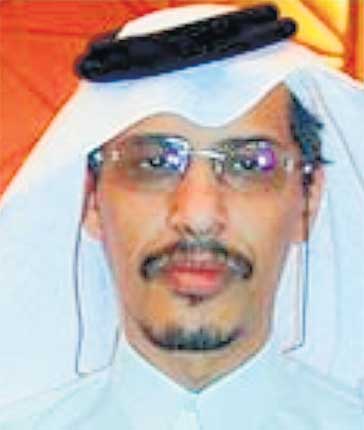Qatar hero? The Sheikh who shook up the art world
A cousin of the Emir of Qatar has been named the world's leading art collector. Rob Sharp discovers his colourful story

Your support helps us to tell the story
From reproductive rights to climate change to Big Tech, The Independent is on the ground when the story is developing. Whether it's investigating the financials of Elon Musk's pro-Trump PAC or producing our latest documentary, 'The A Word', which shines a light on the American women fighting for reproductive rights, we know how important it is to parse out the facts from the messaging.
At such a critical moment in US history, we need reporters on the ground. Your donation allows us to keep sending journalists to speak to both sides of the story.
The Independent is trusted by Americans across the entire political spectrum. And unlike many other quality news outlets, we choose not to lock Americans out of our reporting and analysis with paywalls. We believe quality journalism should be available to everyone, paid for by those who can afford it.
Your support makes all the difference.He was the world's richest and most secretive art collector before a dramatic fall from grace. Now Sheikh Saud al-Thani of Qatar, a member of the Middle Eastern nation's ruling family, has re-emerged after being placed under house arrest over allegations of misusing public funds to be named the biggest spender in the art world.
According to US publication ARTnews, Sheikh Saud has spent more on art than any other collector over the past 12 months.
The publication's editor, Milton Esterow, told The Independent that the Sheikh, 44, the second cousin of Qatar's ruling Emir, Sheikh Hamad, had outstripped other collectors "by a significant margin" after spending "several hundred millions of dollars on art in the past two years".
The news has surprised many in the art world years after it looked as if the Sheikh's spending was over. In 2005, he allegedly embezzled millions from his relatives and was placed under house arrest before returning to the art scene.
His return will also raise eyebrows as huge secrecy continues to surround his family's art dealings, with other sources claiming the Emir's daughter, Mayassa Bint Hamad al-Thani, is an equally strong contender to be the world's biggest artistic spender.
"We have conducted interviews with some of the most knowledgeable dealers and auctioneers in the world, including the US and Europe," said Mr Esterow. " Obviously he is passionate about art." According to the publication, Sheikh Saud, has been buying up huge amounts of photography, Islamic art and fine jewellery.
The Sheikh rose to prominence after he spent nearly £1bn on art between 1996 and 2004. In 2000, he splashed out more than £9m on 136 vintage photographs including great works by Man Ray and Alfred Stieglitz from the collection of Hamburg photographer Werner Bokelberg.
Other prominent purchases during this time include a £5m Fabergé egg bought at Christie's in New York in 2002, a £4.6m complete set of Audubon's Birds of America, and a £7.9m Roman marble statue, the Jenkins Venus.
In 2003 he beat London's V&A to purchase the £3m Clive of India flask. "Sheikh Saud was a passionate art collector with a great eye," said Georgina Adam, editor-at-large of The Art Newspaper.
In 2005 the Sheikh's spree came to a dramatic end when he was placed under house arrest in Qatar. He allegedly used a London dealer to fake invoices, misleading the Qatari government about the value of the items he was buying. He was sacked from the country's national culture council.
However, within a year he was spotted at auctions again. In 2008, he bought 90 per cent of the lots at a sale of Chinese art at Christie's. Last month, he was spotted at the European Fine Art Fair in Maastricht.
Senior sources have expressed surprise over the news, saying that the Emir's daughter would be more likely and trustworthy conduit for their funds. Last week, Christie's international chairman Edward J Dolman resigned to become executive director of her office, helping extend the Middle Eastern nation's cultural regime.
The entire Qatari ruling family is known for its spending. The Emir himself paid £9.7m for Damien Hirst's 2002 pill cabinet, Lullaby Spring in June 2007. He also bought Mark Rothko's £45.5m painting White Center (Yellow, Pink and Lavender on Rose) at an auction at Sotheby's, New York, in 2007.
Art’s Premier League
The world's top 10 art collectors in 2011, in alphabetical order, as listed by ARTnews, which identifies Sheikh Saud al-Thani as the biggest collector of them all.
* Helene and Bernard Arnault
* Debra and Leon Black
* Edythe L and Eli Broad
* Halit Cingillioglu
* Alexandra and Steven A Cohen
* Laurence Graff
* Philip S Niarchos
* Francois Pinault
* Emily and Mitchell Rales
* Sheikh Saud bin Mohammad bin Ali al-Thani
Source: Artnews
Join our commenting forum
Join thought-provoking conversations, follow other Independent readers and see their replies
Comments